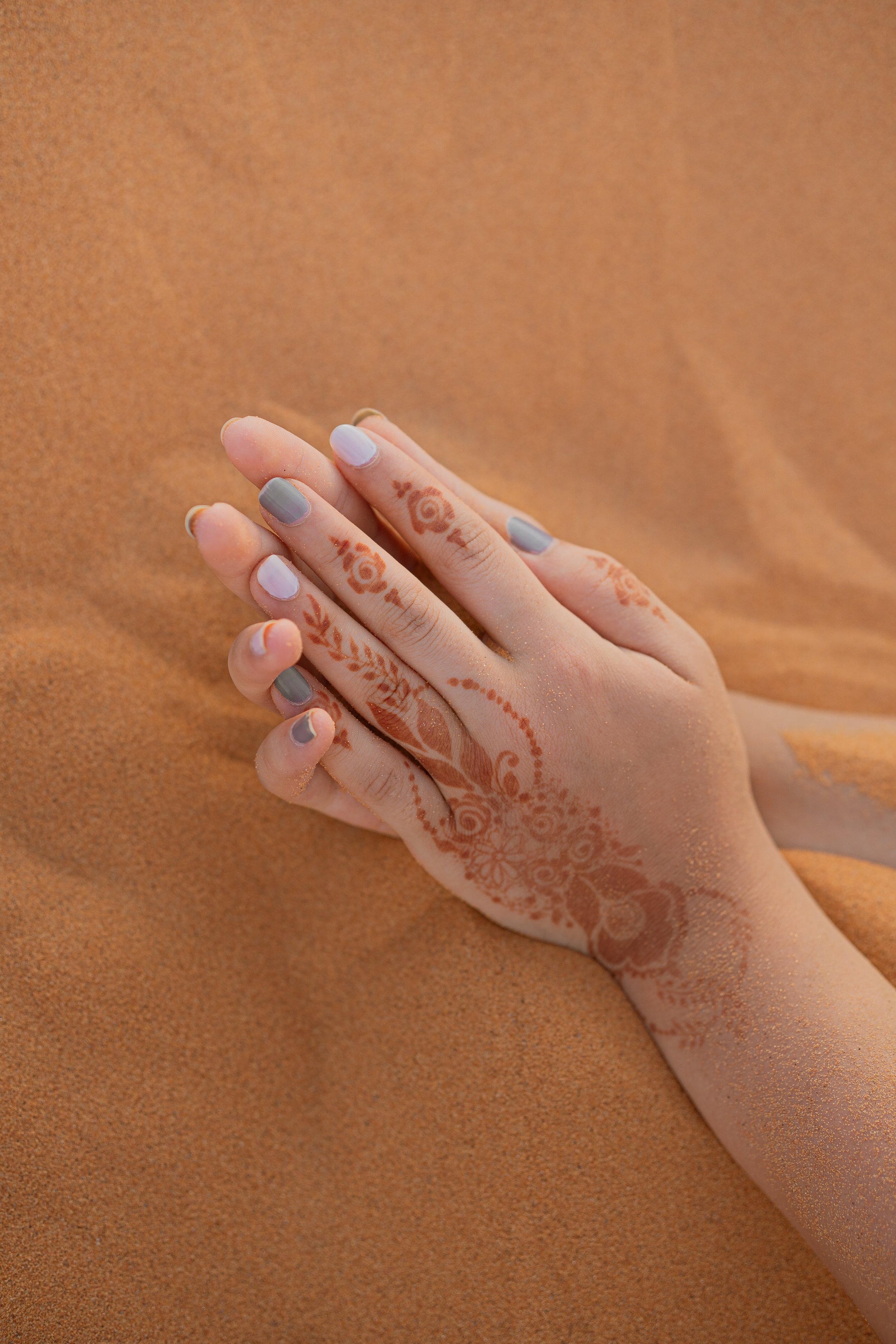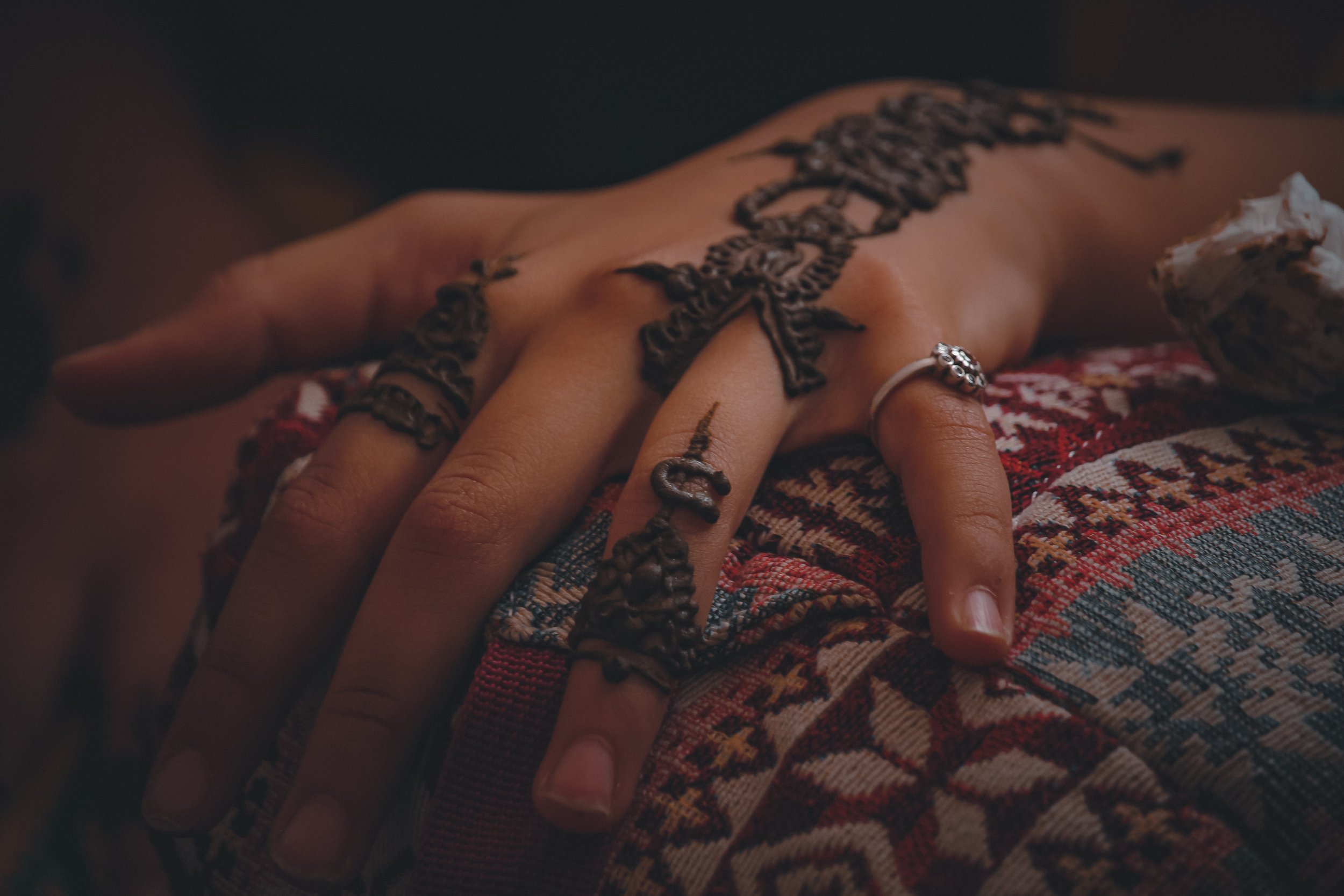Henna bliss: beauty, tradition, and temporary tattoos
Henna, with its deep auburn stain and intricate designs, has adorned hands and bodies for millennia. Beyond mere decoration, henna transcends cultures, whispering tales of tradition, celebration, and personal expression.
The art of henna, known as mehndi in South Asia, boasts a rich history. Ancient Egyptians, Greeks, and Romans used henna for medicinal and cosmetic purposes. In India, elaborate mehndi designs graced brides' hands for centuries, symbolizing fertility, good luck, and blessings. In Morocco, women adorned their palms with intricate patterns during religious holidays and celebrations.
Henna's cultural significance isn't confined to the past. Today, it remains a vibrant element of social life across continents. In Moroccan hammams, skilled artists transform hands into canvases, weaving swirling patterns that tell stories of family and community. In Rajasthan, intricate designs adorn brides' bodies, signifying their transition to married life. And in New York City, henna artists create contemporary designs, bridging the gap between tradition and modern aesthetics.
Henna's appeal goes beyond its cultural roots. Its temporary nature offers a fleeting canvas for self-expression and experimentation. Unlike permanent tattoos, henna allows individuals to embrace artistic exploration without lasting commitment. It's an art form accessible to all, a way to connect with cultural practices without deep immersion.
But henna is more than just a beautiful adornment. The process itself can be a meditative experience. The scent of the paste, the gentle pressure of the artist's hand, and the anticipation of the final reveal foster a sense of mindfulness and connection. For many, henna becomes a gateway to exploring deeper cultural roots and personal narratives.
Henna bliss isn't just about the vibrant stain on your skin; it's about the stories it whispers, the traditions it connects you to, and the temporary liberation it offers. It's an invitation to embrace beauty, explore cultural expression, and discover the hidden narratives etched on your own temporary canvas.




